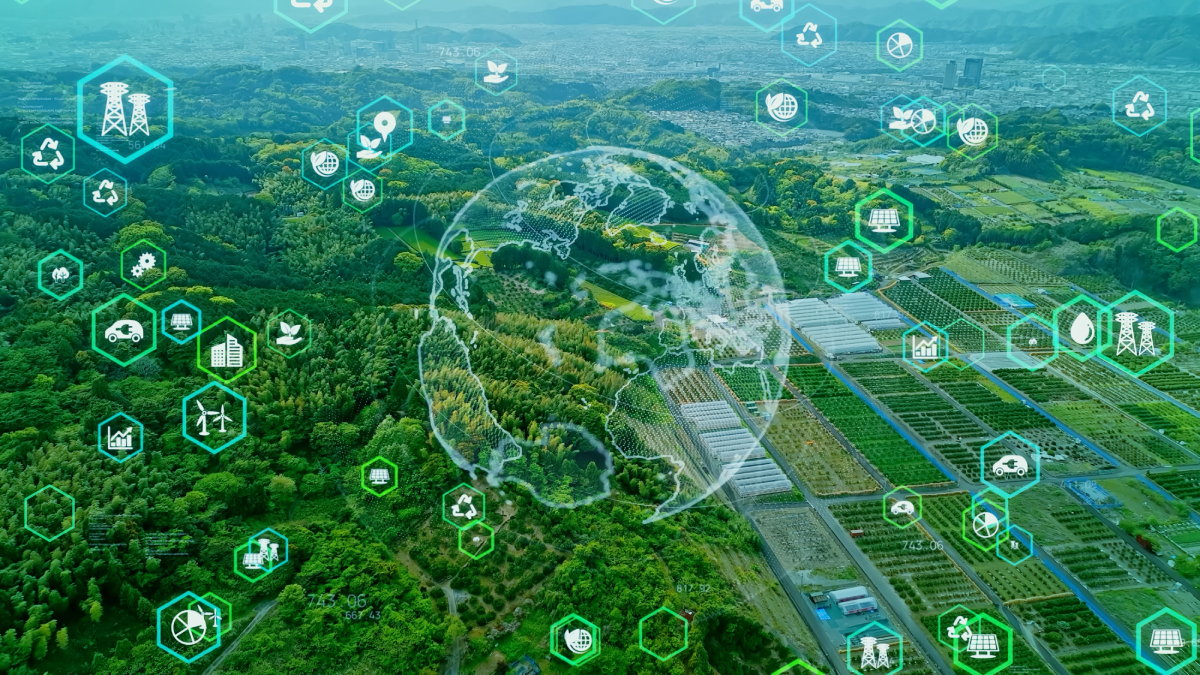With the next few years critical in the race to net zero, Simon Harris, Head of Critical Infrastructure at BCS, explains why the sector is at a crossroads when it comes to energy efficiency and reaching climate neutral targets.
We have all seen the growing number of headlines around data centre energy consumption, with the term ‘vampire data centres’ gaining traction.
However, these tend to focus almost exclusively on what is happening in the new construction arena, despite the fact that if you look at the stock of data centres spread throughout Europe, around 60% are in excess of 18 years old.
These legacy facilities play an intrinsic role in meeting the growing demand for digital service across the world and their impact on the environment is often overlooked. It is vital that they are not left behind in the move towards higher standards, and owners and operators need to voluntarily improve environmental performance, including power consumption. Additionally, upgrades will be essential to protect asset values and optimise operational expense in a world that needs to adjust to persistently higher energy costs.
Time to act
The window of opportunity for voluntary improvements is now beginning to close, however. Stepping up its climate change efforts, in July 2021 the European Commission put forward a proposal for a recast directive on energy efficiency as part of the “Delivering on the European Green Deal” package.
The EU has also published taxonomy for sustainable activities, a classification system that defines criteria for economic activities that are aligned with a net zero trajectory by 2050 and the broader environmental goals other than climate. More recently in Germany, the Bundestag is set to pass the Energy Efficiency act. All three examples will have a direct and often explicit bearing on the data centre sector.
There is no doubt that the data centre sector is at a crossroads – with one route being proactive, investing in new technologies, self-generation and looking at innovative storage solutions to reach climate neutral targets. The other route is having legislation and regulation imposed on it and having to react to the imposition of energy, water and emission targets over which it has no influence.
The energy markets began to tighten in 2021, partly as a result of the covid rebound, but they escalated into a crisis following the invasion of Ukraine and, as a result, the cost of energy is now a headline efficiency driver. The years between now and 2030 are critical in the race to net zero and, for the world to get on track, there will need to be an immediate, unprecedented acceleration in deployment of new and existing technologies within renewable energy generation.
In one of the scenarios modelled by Bloomberg in their New Energy Outlook 2022 report, in the years up to 2050, the world needs to add almost 23 TW of new power generation – of which solar, wind and battery storage account for 85%. Annual deployment rates of wind and solar peak at roughly three times their annual build rate records set in 2020.
In response to this we have already seen a slew of technology businesses announcing their plans or achievements in moving to green power. These businesses have been using their muscle to hoover up large amounts of green power availability but the simple expedient of going 100% green will not be sufficient.
Efficiency improvement opportunities within existing facilities need to be taken, whether that is through smarter management of the IT itself or the supporting engineering infrastructure.
Our recently published 26th data centre survey and report identified that upwards of 80% of colocation operators, carriers and integrators would look at renewable technology retrofit to improve the performance of existing assets. This is vital as significant risk exists that rapidly growing demand for information services and compute-intensive applications will outpace the efficiency gains that have historically kept data centre energy use in check.
Potential remains for substantial efficiency gains, but investments in next generation computing, immersion cooling, storage, and heat removal technologies will be required to avoid potentially steep energy use growth later this decade and parallel investments in renewable power sourcing will be required to minimise the climate implications of unavoidable data centre energy use.
Most importantly, we need to act now.

